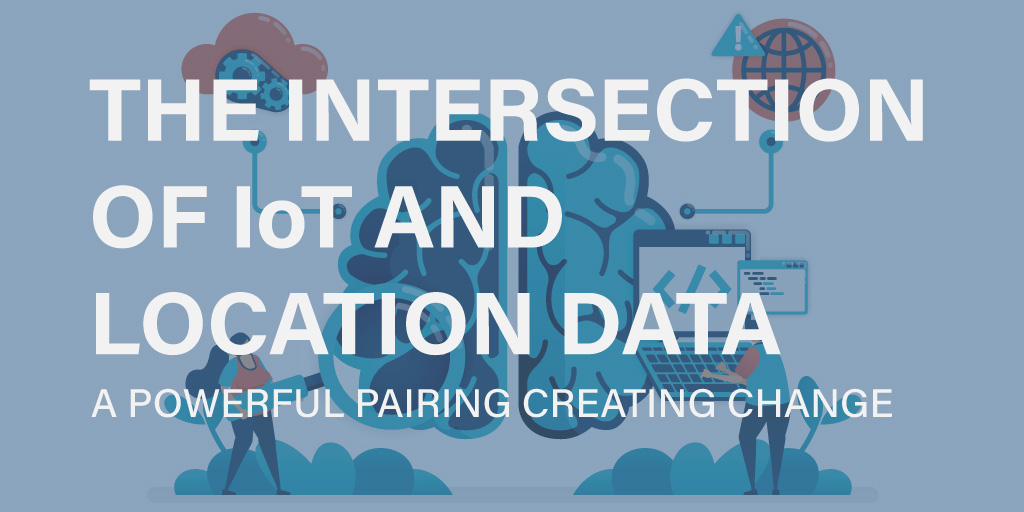Two weeks ago we partnered up with our friends at Alberta IoT to host a panel of CEOs working at the intersection of IoT and location-based technology – a powerful pairing. Our CEO, Jonathan Neufeld, was joined by Tom Groenland, CEO of mcThings, Ellen Christopherson, CEO of clearGRID, and Wilson Howe, CEO of Symroc. Each panellist spearheads a company that uses IoT and location-based technology to dramatically impact different industries.
Geospatial data anchors IoT data by providing context for the data gathered. The panel, moderated by Jonathan Neufeld, explored several topics spanning from mitigating change management with IoT solutions, to cybersecurity and the future of IoT systems with location-based technology integration. Here is what we learned
1. IoT data insights fueled by geospatial tech shows companies where they can improve, right away.
A common first response from a business seeing the data our panellists IoT systems produce for the first time is "the data must be wrong.” The panel was aligned when reflecting on how their clients are frequently shocked to learn how inefficient some of their processes are when an IoT system is implemented in their operations and systems. But each industry leader on the panel said - you don't know what you don't know. The data from location-based IoT technology shows what is going on within your operations, rather than what you think is going on. Usually, IoT systems are put in place for a specific problem, but all of our experts agreed that those systems frequently highlight other issues and problems that clients weren’t expecting. The possibilities of improvements are limitless with the ability of data collection from IoT sensors paired with location-based data. When data provides clear and reliable insight into inefficiencies, action can be taken to rectify those processes. Having context behind data is what's making location-based IoT technology so powerful.
2. Change management is critical with leading-edge IoT technology
It’s one thing to install a sensor network and get users onboard and willing to use the data. Commonly, our panellists’ clients see pushback from their teams around the complexities of creating and introducing solutions that involve engaging with multiple companies. Another common change management hurdle is lower than expected adoption rates. Each panellist noted that while there are barriers to getting their solutions into their client's hands, the benefits that come from implementing IoT location-based tech dramatically outweigh the initial resistance of getting the technology to their end-users.
3. Data security for IoT and geospatial IoT is critical
Over the past few months, we have seen cybersecurity attacks on essential supply chains and watched how a breach can paralyze entire branches of society. Security is top-of-mind for IoT technology. Best practices include keeping data separate, knowing your security vulnerabilities, and keeping a backup of all data. Refining your security systems by governing with best practices is key when dealing with the possibilities of a security breach. For instance, building segregated data streams ensures not all data is together if there were to be a hack. One device being hacked can be detected quite easily, and the impact is far less severe than having someone gain access to a server. Additionally, human error is still one of the main security vulnerabilities for a cybersecurity breach. The panel agreed a key best practice is taking a step back, reviewing all systems and seeing where human interaction is in the process. Keeping data safe should be looked at from a microscopic view, and from a high level to see the bigger picture of how your systems and operations work together.
If you missed the panel and want to catch up, you can see it here: https://hubs.ly/H0QVzSL0

.jpg)




